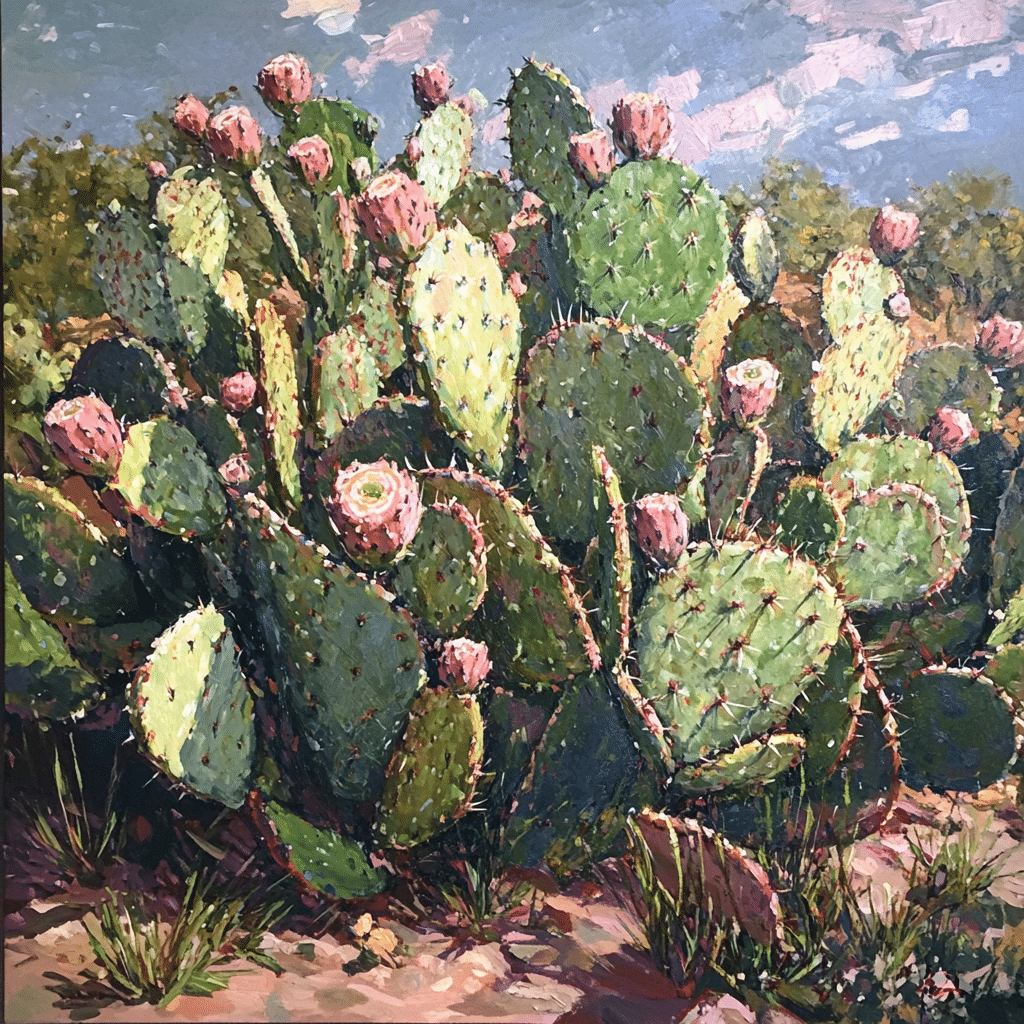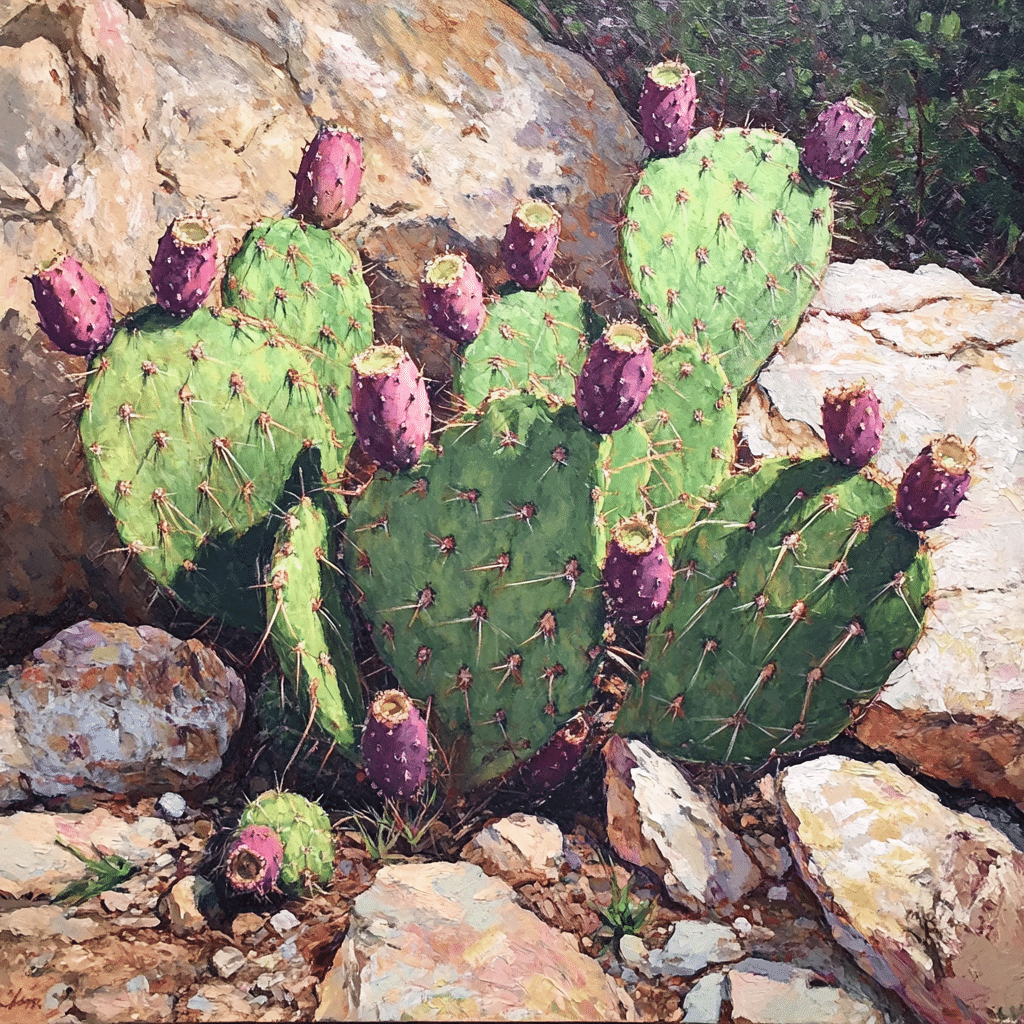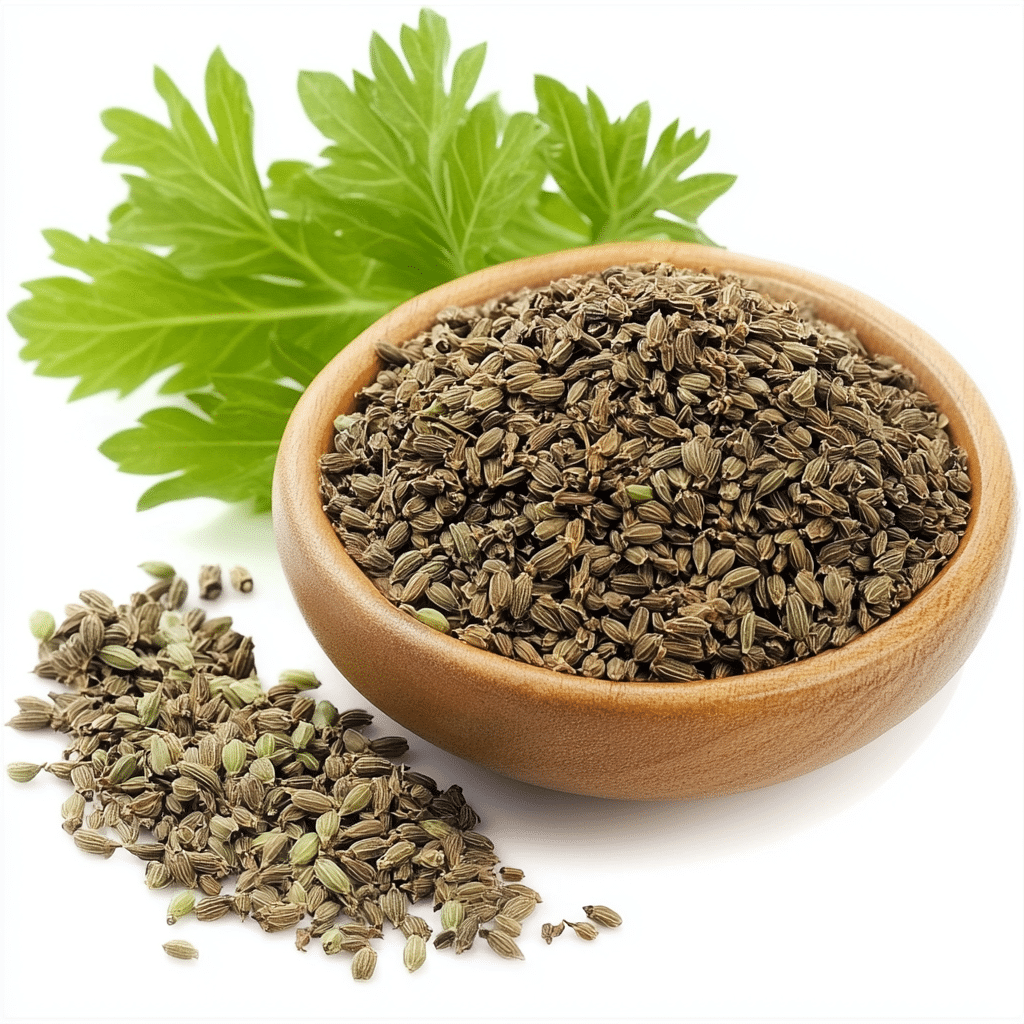The prickly pear cactus, scientifically known as Opuntia, is more than just a stunning sight in arid landscapes; it’s a symbol of resilience and a tool for better living. Packed with nutritional benefits, cultural significance, and ecological value, the prickly pear cactus deserves a deeper dive. In this article, we’ll tackle the top facts and wonders surrounding this fascinating plant, exploring its culinary uses, health benefits, and its crucial role in ecosystems. So, let’s unravel the marvels of this green treasure with a spirit that reflects both innovation and scientific clarity!
The Fascinating World of the Prickly Pear Cactus
The prickly pear cactus stands as a testament to nature’s ingenuity. With its striking pads and vibrant fruits, it flourishes in conditions that would baffle most plants. It’s not just a pretty face; its adaptations allow it to survive desert extremes, making it a prime subject for research on sustainability and resilience. With over 200 species, there’s much to explore about how the prickly pear cactus affects both our diets and ecosystems.
This unique cactus has found its way into kitchens and cultural practices worldwide. For instance, the delicate fruit, known as “tunas,” offers a surprising burst of flavor while the pads, or “nopales,” are often grilled or used in recipes. Whether you’re noshing on a prickly pear salad or sipping its juice, you’re experiencing a connection to nature’s adaptability.
With ongoing research unveiling spectacular potential, the future seems bright for the prickly pear cactus. Scientists are delving into its applications in bioplastics and biofuels, hinting at revolutionary strides in sustainable agriculture. There’s so much more to the prickly pear cactus than meets the eye!
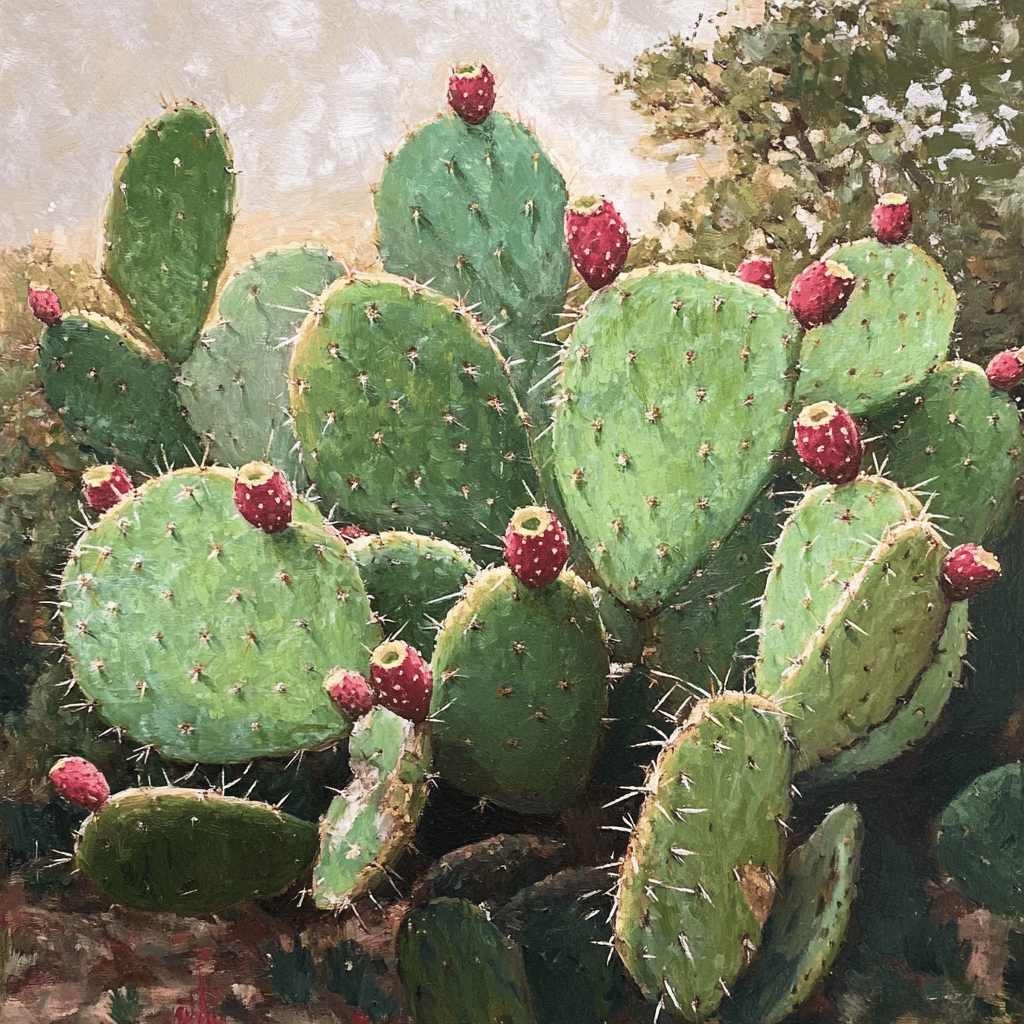
Top 7 Facts About the Prickly Pear Cactus You Need to Know
1. A Closer Look at Its Anatomy
The prickly pear cactus showcases broad pads—known as “nopales”—that can grow up to one foot long. Their shapes and sizes are not just decorative; they serve as water storage solutions for the plant. The colorful fruits, or “tunas,” range from green to yellow to deep purple, not just adding color to the landscape but also bursting with flavor and nutrients. Each part of the prickly pear cactus plays a pivotal role in its survival and sets it apart from other plants.
It’s intriguing how these pads can photosynthesize, allowing the cactus to thrive in dry environments. Their thick, fleshy structure is designed to retain moisture, showcasing nature’s brilliance in adaptation. Plus, the spines and glochids serve as a fascinating defensive mechanism, deterring animals from munching.
2. Nutritional Powerhouse
Packed with vitamins C and E, fiber, and antioxidants, the prickly pear cactus has earned the title of nutritional powerhouse. A study highlighted in the Journal of Food Science revealed its potential anti-inflammatory properties and suggested that it might even help in lowering blood sugar levels. Many health-conscious individuals are incorporating products like Nopalea, a supplement derived from the prickly pear cactus, into their diets for extra health benefits.
But there’s more! It also boasts healthy fatty acids and essential minerals. Just how many nutrients can one plant pack? Quite a lot, it appears!
3. Culinary Uses Around the Globe
The prickly pear cactus isn’t just hitting the health scene; it’s also making waves in kitchens around the globe. Chefs are embracing both the pads and fruits, incorporating them into salads, juices, and even candies. For instance, California’s Guelaguetza is known for its grilled nopales that take center stage on the plate.
Beyond Mexican cuisine, cultures worldwide are experimenting with this versatile ingredient. Whether you’re sipping on tangy prickly pear juice or enjoying it in desserts, you’ll find the plant’s subtle sweetness makes it a favorite in the culinary world.
4. Cultural Significance
Historically, the prickly pear cactus carries deep-rooted cultural significance amongst indigenous communities. For example, the Zapotec people in Mexico have long considered this plant sacred, using it in various rituals and celebrations. The fruit’s juice, or “aguas frescas,” is a refreshing staple at festivals, showcasing how this plant links to customs and community.
Its symbolism extends beyond food, embodying a sense of endurance and survival. For many cultures, the prickly pear cactus tells a story of thriving against the odds.
5. Ecological Role in Desert Ecosystems
The prickly pear cactus plays a critical ecological role in its native habitats. This plant serves as a food source and habitat for a variety of wildlife, including birds, insects, and mammals. Its ability to grow in arid climates helps prevent soil erosion, contributing to a balanced desert ecosystem.
For instance, the pads and fruits provide nutrition for species ranging from javelinas to various bird species. It’s amazing how one plant can support such diverse life forms!
6. Varieties and Cultivation Practices
With over 200 species of prickly pear cacti available, each brings something unique to the table. The Opuntia ficus-indica is one of the most widely recognized and is cultivated extensively for its edible pads and fruit. As gardening enthusiasts and farmers explore sustainable practices, organic cultivation of prickly pear is gaining traction.
Moreover, the ease of care makes it a favorite among home gardeners. Plant enthusiasts appreciate how this cactus flourishes with minimal water and maintenance, allowing them to enjoy its beauty effortlessly.
7. Medicinal Uses and Health Benefits
The prickly pear cactus has been a fixture in traditional medicine for generations. Herbalists have noted its healing properties, using the pads and fruits to treat a variety of ailments. Recent studies suggest that prickly pear extracts could aid in managing diabetes—a promising area of ongoing research.
In herbal medicine, it’s common to find prickly pear being used for digestive issues, skin conditions, and weight management. The plant’s vast medicinal potential is a hot topic among researchers today.
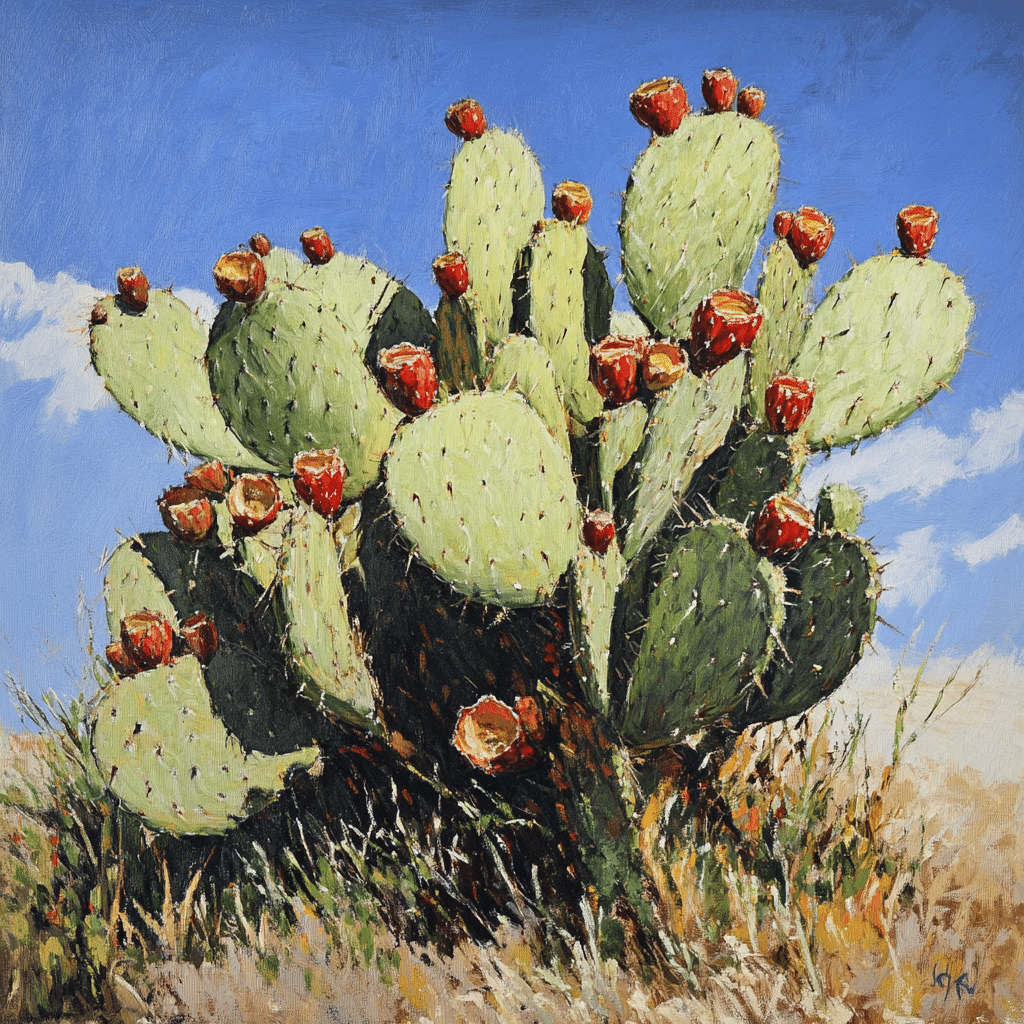
Innovations and Future Prospects in Prickly Pear Research
As we charge into 2024, the possibilities surrounding the prickly pear cactus seem endless. Scientists are actively exploring its use in bioplastics and biofuels, representing exciting advancements in eco-friendly alternatives. It’s thrilling to think how something traditionally viewed as simply a desert plant may lead the way in sustainable technology.
New studies consistently reveal the myriad ways prickly pear can adapt and aid in climate resilience. By investigating its unique qualities, researchers are not just aiming to understand nature better, but also looking for enduring solutions to global challenges facing the environment.
In conclusion, the prickly pear cactus isn’t just another plant; it represents a fusion of resilience, nutrition, and cultural heritage. As we continue to learn from this remarkable cactus, we’re reminded of the complexity of nature and the endless opportunities awaiting in the realm of science and innovation. So, next time you encounter a prickly pear cactus, remember—it’s more than meets the eye; it’s a symbol of hope and resilience in our ever-changing world!
Prickly Pear Cactus Facts and Wonders You Need to Know
The Basics of the Prickly Pear Cactus
Did you know that the prickly pear cactus has over 200 species? Native to the Americas, these vibrant plants not only boast stunning flowers but also bear delicious fruit, known as ‘tunas.’ Just like in the case of Video game addiction, we can sometimes get hooked on their sweet, tangy taste! Packed with vitamins and antioxidants, prickly pears are a nutritious treat, making them a favorite in many cuisines across the globe. Cooking enthusiasts might enjoy incorporating them into salsas or jellies, creating something that’s truly scrumptious.
Let’s not forget the cultural significance of the prickly pear cactus; it symbolizes resilience and adaptability. Similar to how brendan o’carroll creates memorable characters that face challenges with humor, the prickly pear thrives in harsh conditions—rocky soils and intense heat! People around the world have used this remarkable plant in traditional medicine to address various ailments, showcasing its versatility beyond just a garden ornament or snack.
Surprising Trivia About Prickly Pear Cactus
Ever heard of prickly pear wine? That’s right! Some creative winemakers have turned their harvest into a delightful drink. Imagine sipping on a glass of prickly pear wine while enjoying a lively sound of bar atmosphere; it paints a unique experience for your taste buds. Plus, the prickly pear cactus plays a vital role in sustainable agriculture, as its pads and fruits are often used for biofuel production. Talk about a multitasker, right?
Interestingly, prickly pear cacti can help fight desertification, providing shelter for wildlife and stabilizing the soil. Just like in the shooting in georgia movie scenes capturing nature’s drama, the resilience of these cacti adds beauty to arid landscapes. But that’s not all! The prickly pear fruit contains an ingredient called betalain, which is thought to have anti-inflammatory properties. Now that’s something to celebrate, akin to the excitement surrounding the tyson fury vs usyk time matchup, where every detail matters!
Fun Facts to Remember
If you’re a fan of all things playful, you might be intrigued to know that prickly pear cactus pads were historically used by Native Americans as a food source. This makes them a staple just like the sesame street games that have entertained and educated generations! And yes, those vibrant flowers can bloom in various colors, from pink to yellow, making cactus gardens a colorful sight to behold, similar to the talents of john wesley shipp in bringing stories to life on-screen. So, the next time you stroll past a prickly pear cactus, remember its rich history and the wonders it offers!
